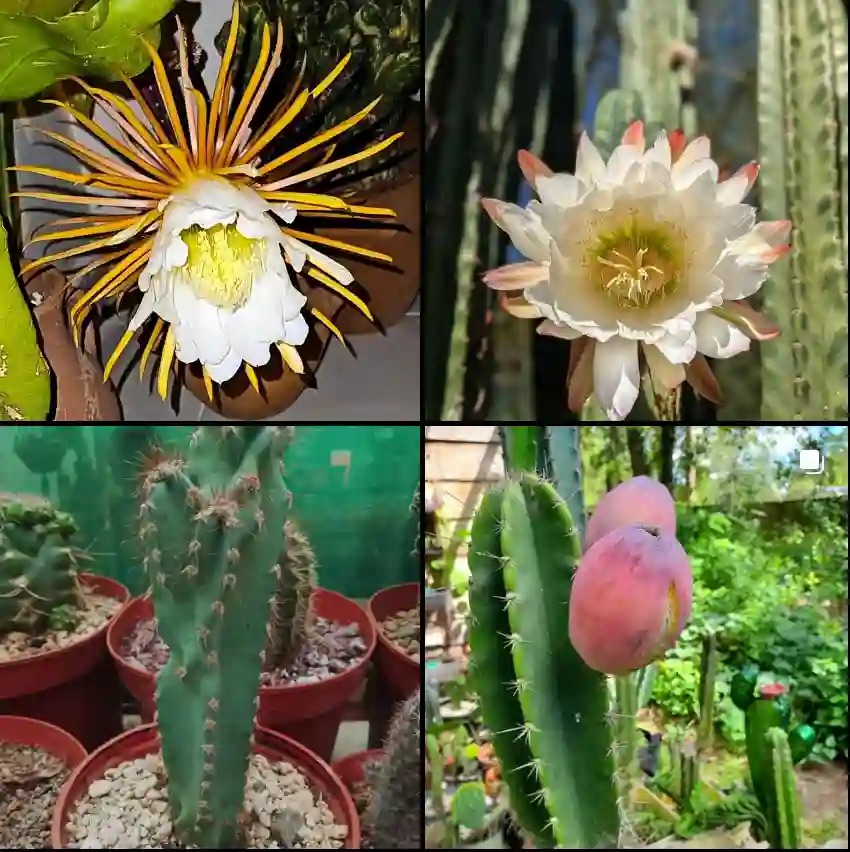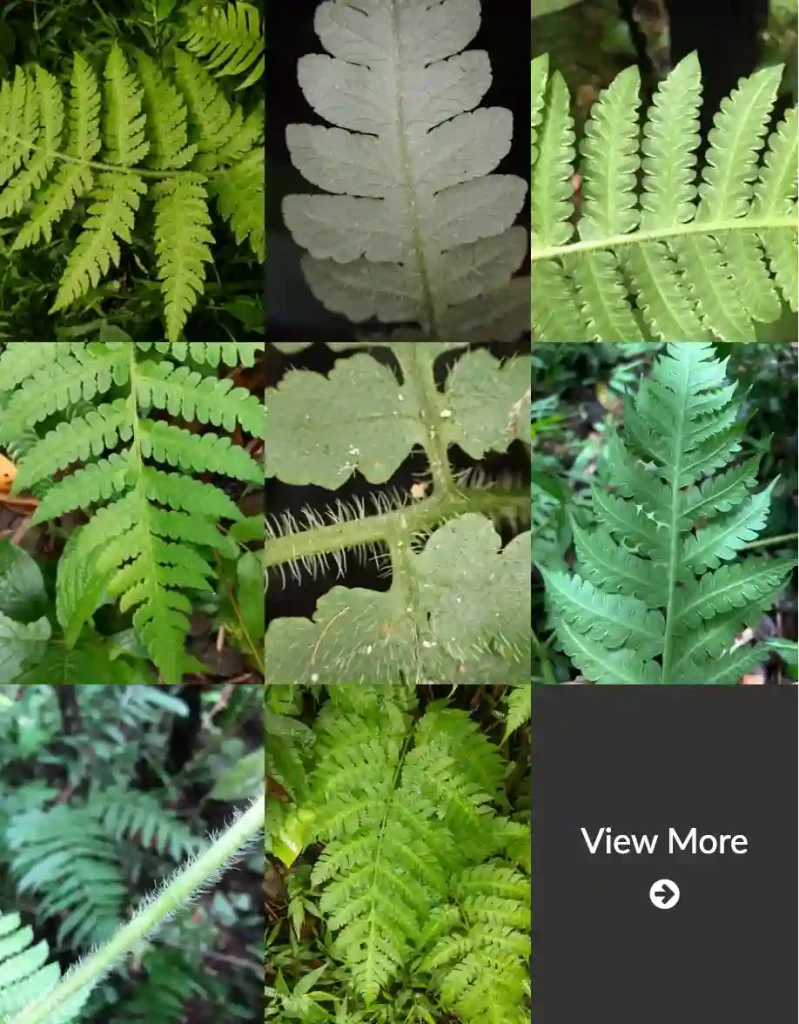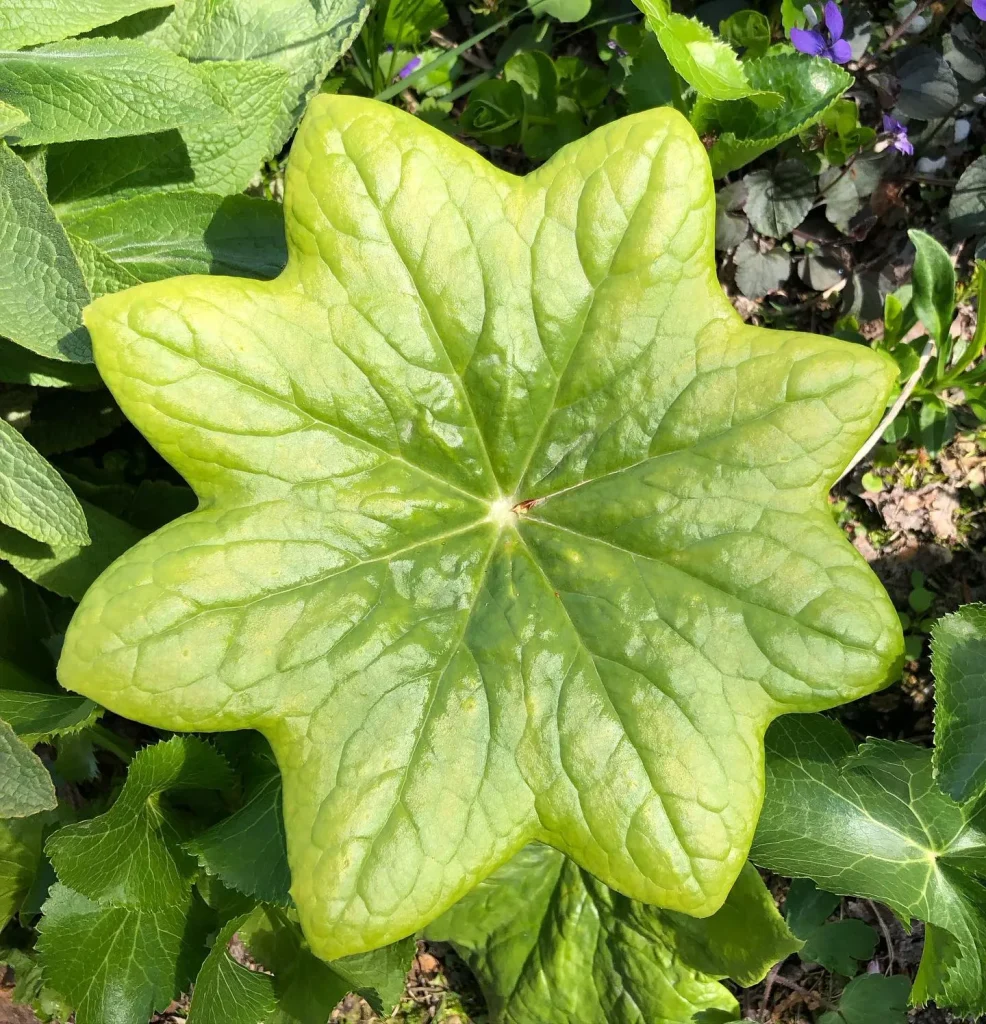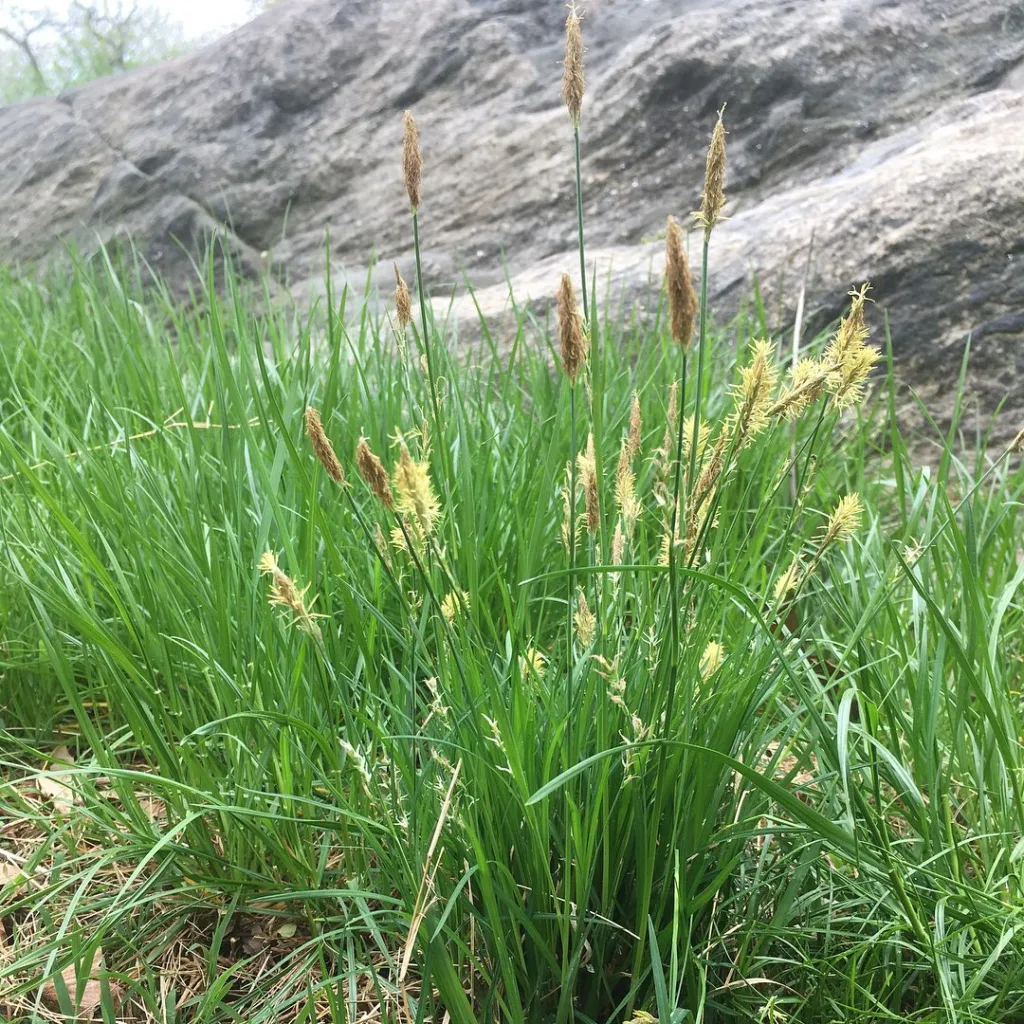FAQs About Anigozanthos Harmony
Anigozanthos Harmony, commonly known as Kangaroo Paw, is one of my favorite plants to grow. It offers unique, vibrant flowers that resemble kangaroo paws, adding an exotic touch to any garden. I’ve found it to be a fascinating plant that brings both visual interest and practical benefits. Below, I’ll answer some of the most frequently asked questions about Anigozanthos Harmony and share tips based on my experiences.
11 Species in Genus Anigozanthos – Kangaroo Paw Plant
What Is Anigozanthos Harmony?
Anigozanthos Harmony is a hybrid Kangaroo Paw, a perennial native to Australia. It stands out for its bright, colorful flowers that come in shades of red, orange, and yellow. The plant has long, strap-like leaves and typically blooms from spring to early summer. One of the reasons I love Anigozanthos Harmony is its ability to attract pollinators like hummingbirds and bees. This plant thrives in warm, dry climates, making it ideal for Mediterranean-style gardens.
How to Care for Anigozanthos Harmony?
Caring for Anigozanthos Harmony is relatively easy if you provide the right conditions. Here’s what I’ve learned:
Sunlight Requirements
Anigozanthos Harmony thrives in full sun. I always make sure to plant it in a spot that receives at least six hours of direct sunlight daily. This ensures vibrant blooms and healthy growth.
Soil Conditions
Well-drained soil is key for Anigozanthos Harmony. I prefer sandy or loamy soil, which prevents waterlogging. Adding compost can help improve the soil’s texture and fertility.
Watering Needs
Anigozanthos Harmony is drought-tolerant, but regular watering during its growing season is essential. I typically water it deeply once a week, allowing the soil to dry out between watering. Overwatering can lead to root rot, so it’s important to avoid soggy soil.
Fertilization
A balanced fertilizer works wonders for Anigozanthos Harmony. I usually apply a slow-release fertilizer in early spring to promote healthy blooms. Be careful not to over-fertilize, as this can result in excessive leaf growth at the expense of flowers.
Pruning
Pruning is crucial for maintaining the plant’s health and appearance. After the flowering season, I cut back the spent flower stems to encourage new growth. Removing dead or damaged leaves also helps keep the plant tidy.
How to Propagate Anigozanthos Harmony?
Propagating Anigozanthos Harmony can be done through division or seeds. I find division to be the most reliable method:
- Division: In late winter or early spring, I carefully dig up the plant and separate the clumps, ensuring each section has a good root system. I then replant the divisions in well-prepared soil.
- Seeds: Growing Anigozanthos Harmony from seeds is possible, but it requires patience. I usually sow the seeds in a seed tray with a light, sandy mix, keeping it moist until germination. It can take several weeks for seedlings to emerge, so patience is key.
What to Plant with Anigozanthos Harmony
Anigozanthos Harmony pairs beautifully with a variety of plants, enhancing its striking appearance. Here are some companions I’ve successfully planted alongside it:
- Lavender: The purple hues of lavender contrast nicely with the bright colors of Anigozanthos Harmony. Both plants prefer similar growing conditions, making them a perfect match.
- Echeveria: Succulents like Echeveria complement the Kangaroo Paw’s bold flowers while adding a touch of texture to the garden bed.
- Agave: Agave plants add architectural interest and thrive in the same arid conditions as Anigozanthos Harmony.
Common Pests and Problems
One of the things I appreciate about Anigozanthos Harmony is its relative resistance to pests and diseases. However, there are a few issues to watch out for:
- Root Rot: Overwatering or poorly-drained soil can lead to root rot, which can be fatal. I always ensure the soil drains well and avoid watering too frequently.
- Leaf Spot: Fungal infections can cause leaf spots, particularly in humid conditions. I remove affected leaves and ensure good air circulation around the plant.
- Aphids and Spider Mites: These pests can occasionally appear, especially in dry conditions. I usually spray the plant with a mild insecticidal soap if I notice any infestations.
How to Overwinter Anigozanthos Harmony?
In colder climates, Anigozanthos Harmony needs protection during winter. If you live in an area where temperatures drop below freezing, consider these tips:
- Container Planting: I sometimes grow Anigozanthos Harmony in containers, which allows me to move the plant indoors during winter. I place the container in a bright, frost-free area.
- Mulching: If you grow it in the ground, applying a thick layer of mulch around the base can help protect the roots from cold temperatures. I use straw or bark mulch for insulation.
Benefits of Anigozanthos Harmony in the Garden
Aside from its striking beauty, Anigozanthos Harmony offers several benefits to the garden:
- Drought Tolerance: Once established, this plant requires minimal watering, making it an excellent choice for water-wise gardens.
- Pollinator Attraction: The flowers attract hummingbirds, bees, and other pollinators, which contribute to a thriving ecosystem in my garden.
- Low Maintenance: Anigozanthos Harmony is relatively low-maintenance, especially when grown in the right conditions. I love that it doesn’t require constant attention to look its best.
Conclusion
Anigozanthos Harmony is a versatile and visually stunning plant that has a lot to offer. Whether you’re looking for a drought-tolerant option for your garden or want to attract pollinators, this Kangaroo Paw hybrid is worth considering. With proper care and attention, it will reward you with vibrant blooms and minimal maintenance. I’ve enjoyed growing Anigozanthos Harmony in my garden, and I hope these FAQs help you do the same.
If i die, water my plants!



